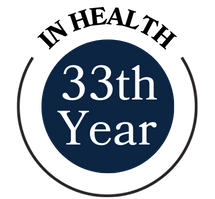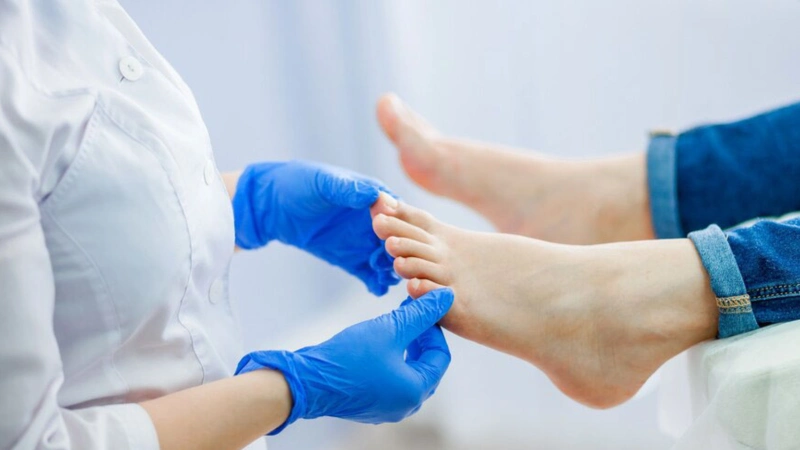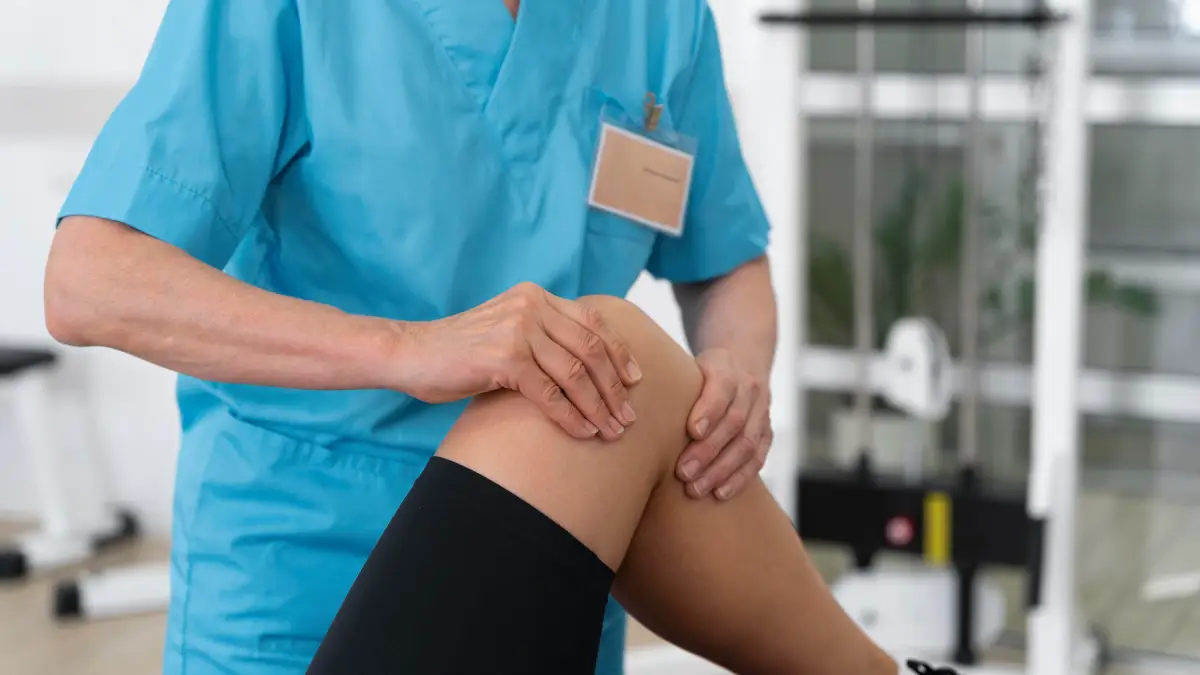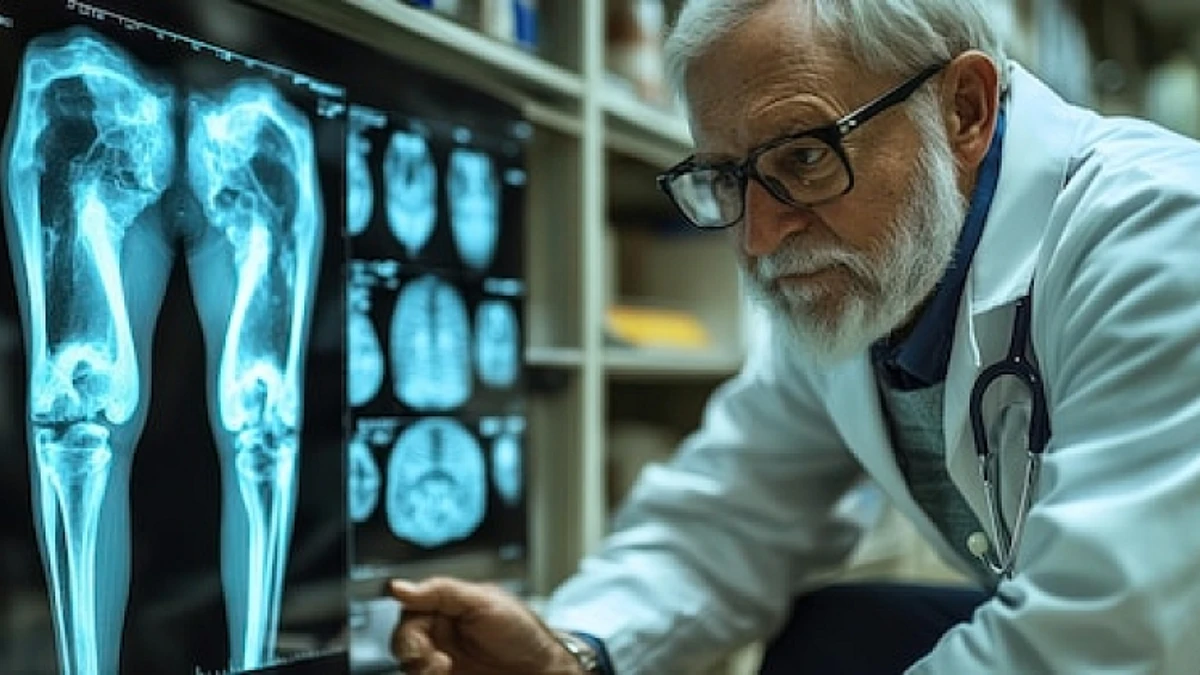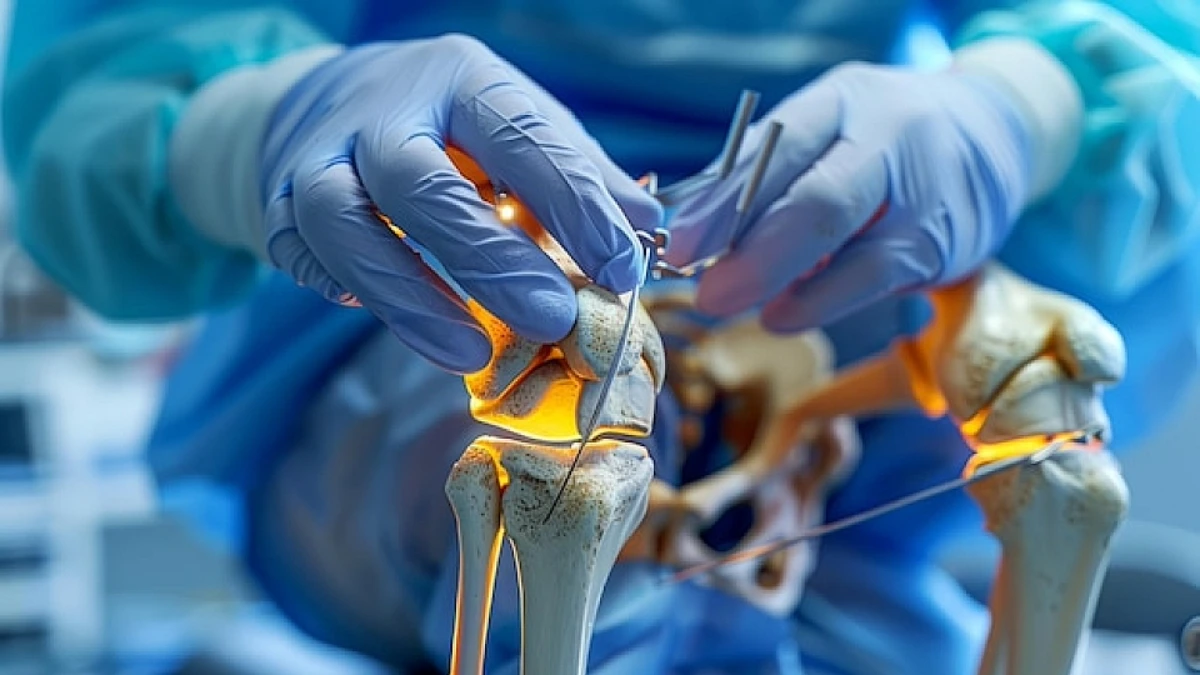By selecting the most suitable procedure, patients can anticipate a smoother recovery process and alleviation of pain. It leads to the restoration of their big toe’s regular function and appearance.
What is Bunion
Bunions also referred to as hallux valgus, are bony lumps that grow on the sides of the foot and at the metatarsophalangeal (MTP) joint on the outer border of the big toe joint. When walking or wearing shoes, these might cause discomfort. There are several ways to relieve discomfort in the big toe. Wearing appropriate-sized shoes, using shoe pads, and exploring other possible solutions are some of these alternatives. But if none of these simple remedies work, bunion surgery may be the only option to fix the deformity and return the big toe’s aesthetic and functionality.
Suitable Candidates for Bunion Surgery
Several factors will determine if you are a suitable candidate for bunion surgery. Surgery may not always be necessary if your bunion is not painful or limiting your regular activities. With the right footwear and preventive care, many people may limit the start of a bunion and control their symptoms. Bunion surgery should not be performed just for cosmetic reasons. This is because there is a risk of experiencing pain even after the surgery, and even if there was no pain before the procedure.
Ideal candidates for bunion surgery often have severe foot discomfort that limits their ability to do normal tasks like walking or wearing suitable shoes. They could struggle to walk even short distances if the pain is really bad. They could also have chronic big toe oedema and inflammation that doesn’t go away with rest or medicine. Candidates may also have toe deformity, which is when the big toe turns in the direction of the smaller toes, causing them to overlap. In such cases, bunion surgery is to alleviate pain, correct a stiff big toe, and solve swelling and inflammation that persists in the big toe.
Types Of Bunion Surgery
Bunion surgery involves various techniques, each for specific conditions and bunion severity.
Exostectomy
Exostectomy is a surgical technique to address minor bunions. During this procedure, the surgeon shaves off the bunion and may combine it with an osteotomy to reposition the toe.
Osteotomy
Osteotomy is the most commonly performed bunion surgery procedure. In this technique, the surgeon makes small incisions in the bones of the big toe. Then, they use screws or pins to realign the big toe joint, effectively addressing the core issue causing the bunion.
Arthrodesis
Arthrodesis joint fusion is applied in cases where bunions are caused by arthritis inflammation. This method is reserved for the most severe bunions. During the surgery, the surgeon removes the arthritic parts of the big toe joint. They then place screws in the toe, holding the bones together while they heal.
During Bunion Surgery
Bunion surgery takes about an hour; however, this can vary based on what procedure is being performed.
During the surgery, the surgeon will consider the size of the bunion, your social activities, and your overall health to determine the most appropriate surgical technique for your case. The most frequent kind of bunion surgery is a metatarsal osteotomy, which includes removing the bunion and realigning the bones of the joint to straighten the side of your foot. In this procedure, the surgeon may either choose to make a single incision over your big toe joint or perform keyhole bunion surgery through multiple smaller incisions.
The surgeon may employ metal plates, tiny screws, or wires to hold everything in place when the bunion has been removed and the joint corrected. These fixation devices are often left in permanently but can be removed if necessary.
During bunion surgery, a small incision is made along the big toe joint, allowing for repositioning and realignment of tendons or ligaments. The degree of the bunion, the patient’s age, general health, and the amount of exercise are all taken into account while planning the operation. Most bunion surgeries are performed with anaesthesia that numbs the area but does not render the patient unconscious.
Stitches and bandages are used to aid in the wound’s proper healing after the procedure. Recovery times vary depending on the procedure, with some patients requiring additional postoperative care.
After Bunion Surgery
Bunion surgery is an outpatient procedure that allows patients to return home on the same day, usually requiring assistance during the initial recovery phase. Following the surgery, patients need to rest, avoid putting weight on the affected toe, and take prescribed pain medication. With their foot bandaged, they’ll be provided with crutches and a specialized shoe to aid in mobility. A physiotherapist may guide them on safely moving around and using crutches. After being discharged one to two hours post-operation, it’s important for a friend or relative to drive them home and stay for the first 24 hours, during which patients may experience temporary effects from the general anaesthesia.
Side Effects
Although bunion surgery is typically effective, it may lead to certain temporary side effects and potential risks. Patients might experience soreness in their foot, and their big toe, as well as swelling that could take between six months to a year to fully side. While rare and usually manageable, bunion surgery carries some risks, such as the reappearance of the bunion, persistent pain or rigidity, infection or inflammation, damage to the nerves, and difficulties with wound healing. Prior to undergoing the procedure, your doctor will ensure you understand the potential risks involved. Keep in mind that facing any complications could extend the duration of your recovery.
At Avicenna International Hospital, our team of skilled medical professionals is dedicated to providing expert care throughout your bunion surgery journey. Our state-of-the-art facility ensures that patients receive the highest level of attention, from initial consultation to post-operative recovery. We prioritize patient comfort and safety while utilizing advanced surgical techniques to minimize potential side effects and risks. Please feel free to contact us to schedule a consultation or for any additional information regarding our orthopedic surgery sevices.

